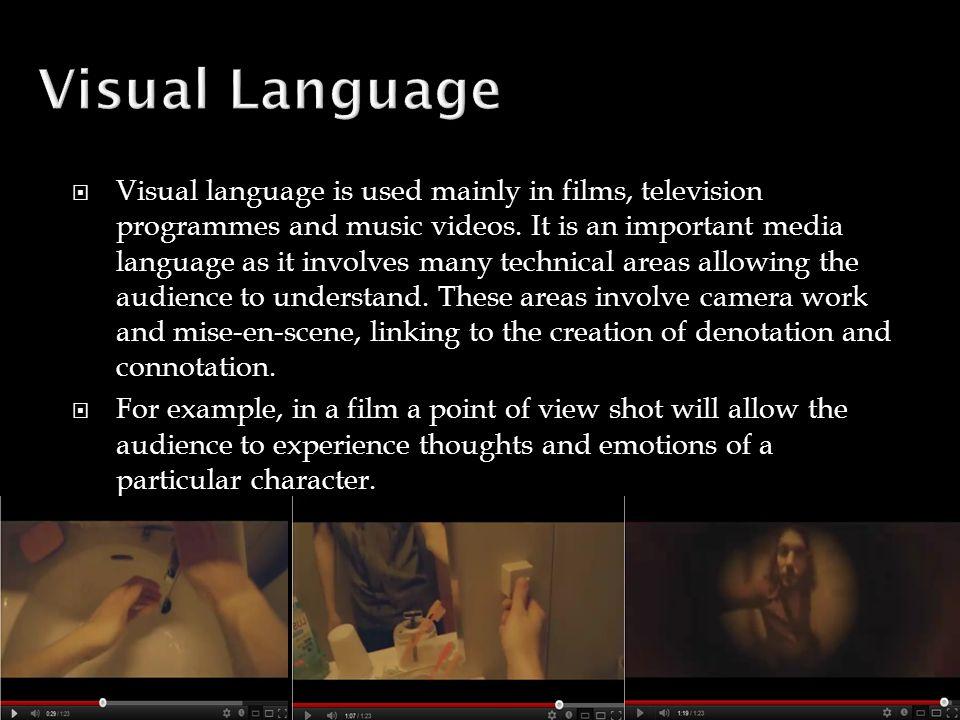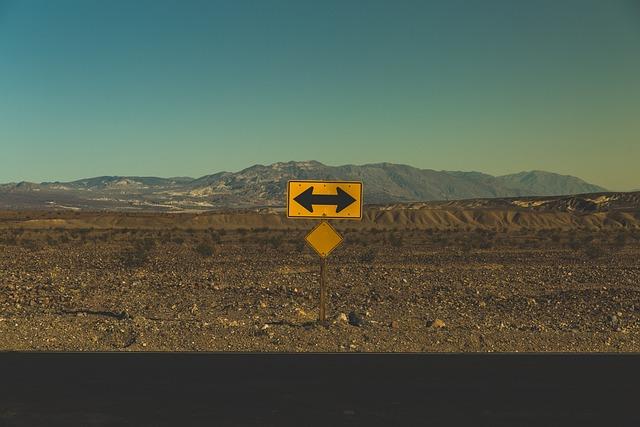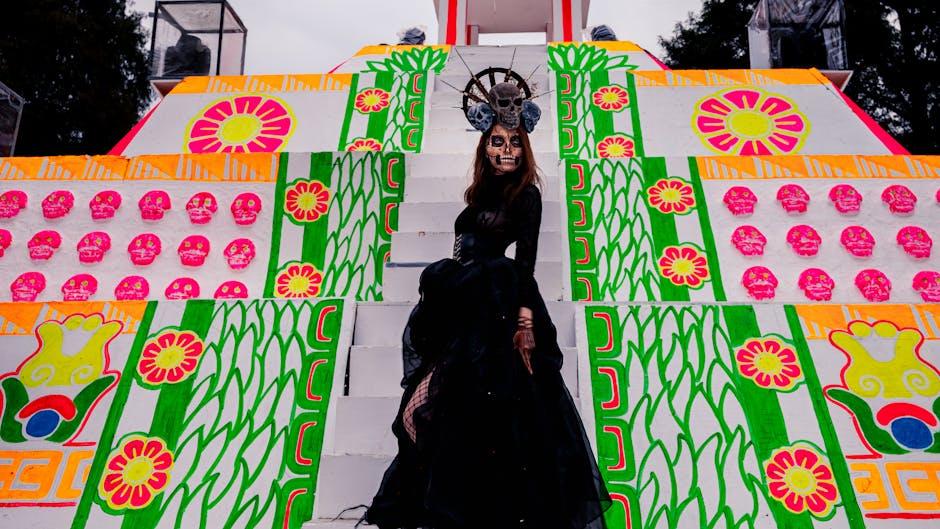In the ever-evolving landscape of cinema, art direction stands as a pivotal force, intricately shaping the mood and tone of modern films. As audiences become more discerning, the visual language of a film transcends mere aesthetics, serving as a powerful tool to evoke emotions and underscore narrative themes. Art direction, through its meticulous crafting of sets, costumes, and visual motifs, not only complements the storyline but also enriches the viewer’s experience, guiding their emotional journey. This article delves into the nuanced role of art direction in contemporary filmmaking, examining how it crafts immersive worlds that resonate with viewers and amplify storytelling. Through an analytical lens, we explore the symbiotic relationship between visual design and narrative intent, highlighting the transformative impact of art direction on the cinematic experience.
Understanding Visual Language in Film
Art direction in film serves as the silent architect of emotion, crafting an immersive experience that resonates with audiences on a subconscious level. Through meticulous choices in color palettes, set design, and costume, filmmakers can evoke specific emotions and reinforce narrative themes. Color palettes often set the emotional tone; warm hues can evoke comfort or nostalgia, while cooler shades might suggest isolation or tension. Set design extends beyond mere background, acting as a narrative device that reflects character psychology and plot progression.
- Costume Design: Reflects character development and social status.
- Lighting: Manipulates shadows and highlights to create mood.
- Props: Serve as symbols that enhance thematic depth.
In the realm of modern cinema, art direction is a collaborative endeavor that blends traditional techniques with digital innovation. This fusion allows for dynamic visual storytelling that not only complements the script but elevates the entire cinematic experience. The strategic use of visual motifs and symbolism invites viewers to engage with the film on multiple levels, turning passive observation into active interpretation.

Crafting Atmosphere Through Color and Light
In the realm of modern filmmaking, the strategic use of color and light serves as a powerful tool for art directors to evoke specific emotions and guide audience perception. Color palettes are meticulously chosen to reflect the thematic core of a film, creating an immersive experience that resonates on a subconscious level. For instance:
- Warm hues like reds and oranges often convey passion or tension, drawing viewers into intense moments.
- Cool tones such as blues and greens can evoke calmness or melancholy, setting a reflective or somber mood.
- Monochromatic schemes may be used to highlight a sense of isolation or detachment.
Lighting techniques further enhance these visual cues, manipulating shadows and highlights to craft depth and focus. High-contrast lighting can heighten drama, while soft, diffused light may offer a sense of intimacy or nostalgia. By weaving together these elements, art directors not only define the aesthetic of a film but also shape its emotional landscape, creating a nuanced tapestry that captivates and engages the audience.
The Role of Set Design in Storytelling
Set design is a fundamental element in the art of filmmaking, acting as a silent yet powerful storyteller. It crafts the visual language of a film, subtly guiding the audience’s emotions and perceptions. By shaping the environment in which characters exist, set design establishes the mood and tone of the narrative. Whether it’s the claustrophobic interiors of a psychological thriller or the expansive landscapes of a historical epic, every detail is meticulously curated to resonate with the film’s themes and character arcs.
- Atmosphere Creation: The choice of colors, textures, and lighting contributes to the overall atmosphere, influencing how viewers feel in a particular scene.
- Symbolism and Metaphor: Elements within the set can symbolize broader concepts, offering deeper layers of meaning without a single word spoken.
- Period and Context: Authentic set designs anchor the story in its specific time and place, enhancing believability and immersion.
Ultimately, set design is more than mere backdrop; it is a dynamic character in its own right, with the power to evoke emotions, suggest themes, and transport audiences into the heart of the story.

Enhancing Emotion with Costume and Makeup
Costume and makeup are the unsung heroes of film, meticulously crafted to evoke a spectrum of emotions. They serve as visual cues that instantly communicate a character’s essence, social status, or transformation. Subtle shifts in makeup can signify a character’s inner turmoil or descent into madness, while vibrant costumes can highlight optimism or eccentricity. These elements work harmoniously with lighting and set design to create a cohesive visual language that guides the audience’s emotional response.
- Character Development: A protagonist’s journey can be mirrored through evolving wardrobe choices, reflecting growth or decline.
- Symbolism: Colors and styles can symbolize thematic elements, such as purity, danger, or rebellion.
- Period Accuracy: Authentic costumes ground the narrative in a specific era, enhancing believability and immersion.
Through strategic design, costume and makeup transform actors into living, breathing embodiments of their roles, ensuring that every glance, every movement, carries weight and meaning. They are not mere embellishments but integral to the storytelling fabric, shaping the film’s emotional landscape.

